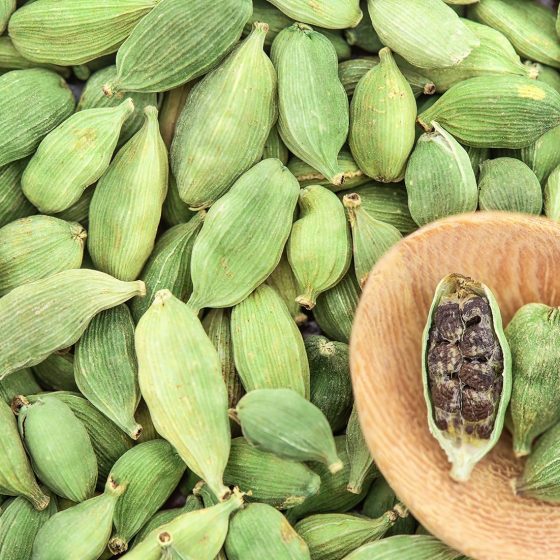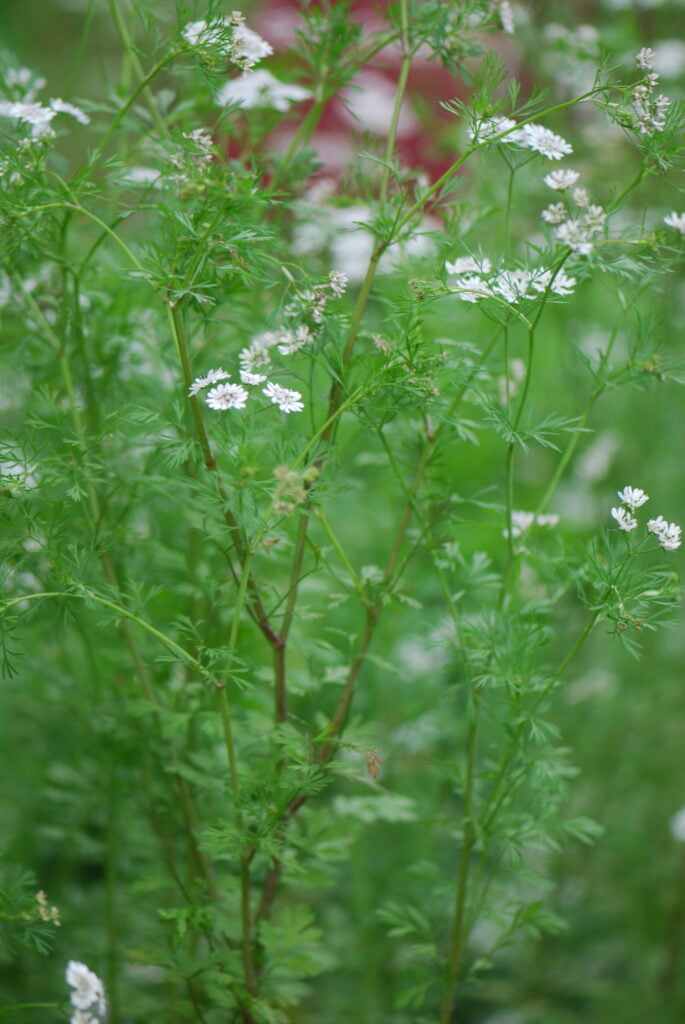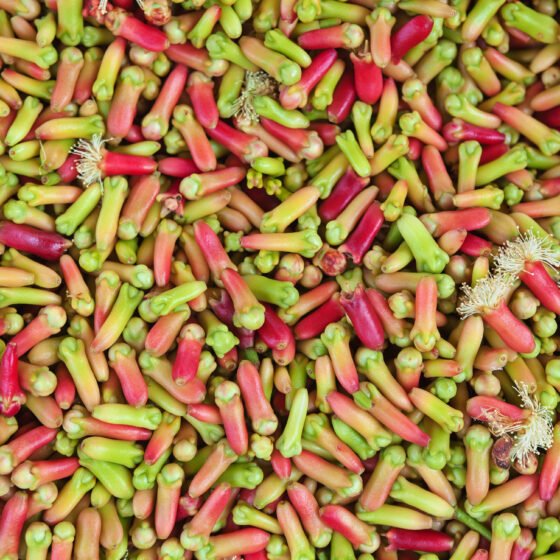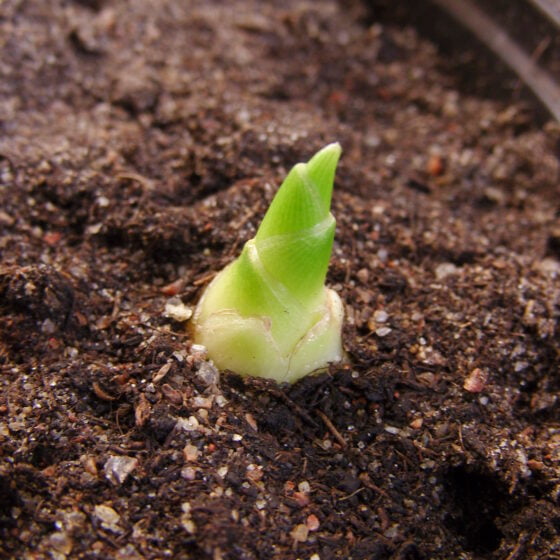
Coriander seed
Coriandrum sativum
General data
Harvest Calendar
- J
- F
- M
- A
- M
- J
- J
- A
- S
- O
- N
- D
Product details Fragrance side
In fine perfumery, coriander seed essential oil is used to create a dominant note in floral or oriental perfumes. This essential oil is aldehydic, fresh, and floral and blends perfectly in lily-of-the-valley accords. It also combines well with white flower accords, such as freesia- or lily-based bouquets.
About
C. sativum is a slender, branched, annual herbaceous plant. Delicate umbels of white flowers appear on the plant from July to September, while the green stems change color, becoming tinged with red and purple, and lengthen, turning slender and hairless. The plant produces fruit with two seeds that are light-brown, round, and globular, the size of a peppercorn.
The stems and leaves of coriander give off a characteristic odor, the source of the plant’s name, Coriandrum, from the Greek koriandron, koris, which means bug. The seeds, on the other hand, have a completely different scent that is fresh and lemony.
C. sativum is native to the Near East and Eastern Europe. It was introduced to England and Central Europe by the Romans. Under Louis XIV, coriander was renowned as an ingredient in the famous alcoholate Eau de Mélisse des Carmes revered by Cardinal Richelieu.
When ripe, the seeds (fruits) take on a characteristic brown color and can be harvested. It is very important that the fruits be mature for the harvest to ensure good-quality essential oil. The riper the fruit, the lower the aldehyde concentration. The umbels are then cut down at the stem and the stems are hung to dry, then tapped or shaken to cause the seeds to drop.
Fragrance side
In fine perfumery, coriander seed essential oil is used to create a dominant note in floral or oriental perfumes. This essential oil is aldehydic, fresh, and floral and blends perfectly in lily-of-the-valley accords. It also combines well with white flower accords, such as freesia- or lily-based bouquets.
About
C. sativum is a slender, branched, annual herbaceous plant. Delicate umbels of white flowers appear on the plant from July to September, while the green stems change color, becoming tinged with red and purple, and lengthen, turning slender and hairless. The plant produces fruit with two seeds that are light-brown, round, and globular, the size of a peppercorn.
The stems and leaves of coriander give off a characteristic odor, the source of the plant’s name, Coriandrum, from the Greek koriandron, koris, which means bug. The seeds, on the other hand, have a completely different scent that is fresh and lemony.
C. sativum is native to the Near East and Eastern Europe. It was introduced to England and Central Europe by the Romans. Under Louis XIV, coriander was renowned as an ingredient in the famous alcoholate Eau de Mélisse des Carmes revered by Cardinal Richelieu.
When ripe, the seeds (fruits) take on a characteristic brown color and can be harvested. It is very important that the fruits be mature for the harvest to ensure good-quality essential oil. The riper the fruit, the lower the aldehyde concentration. The umbels are then cut down at the stem and the stems are hung to dry, then tapped or shaken to cause the seeds to drop.
Other type of extracts
(Spicy)



